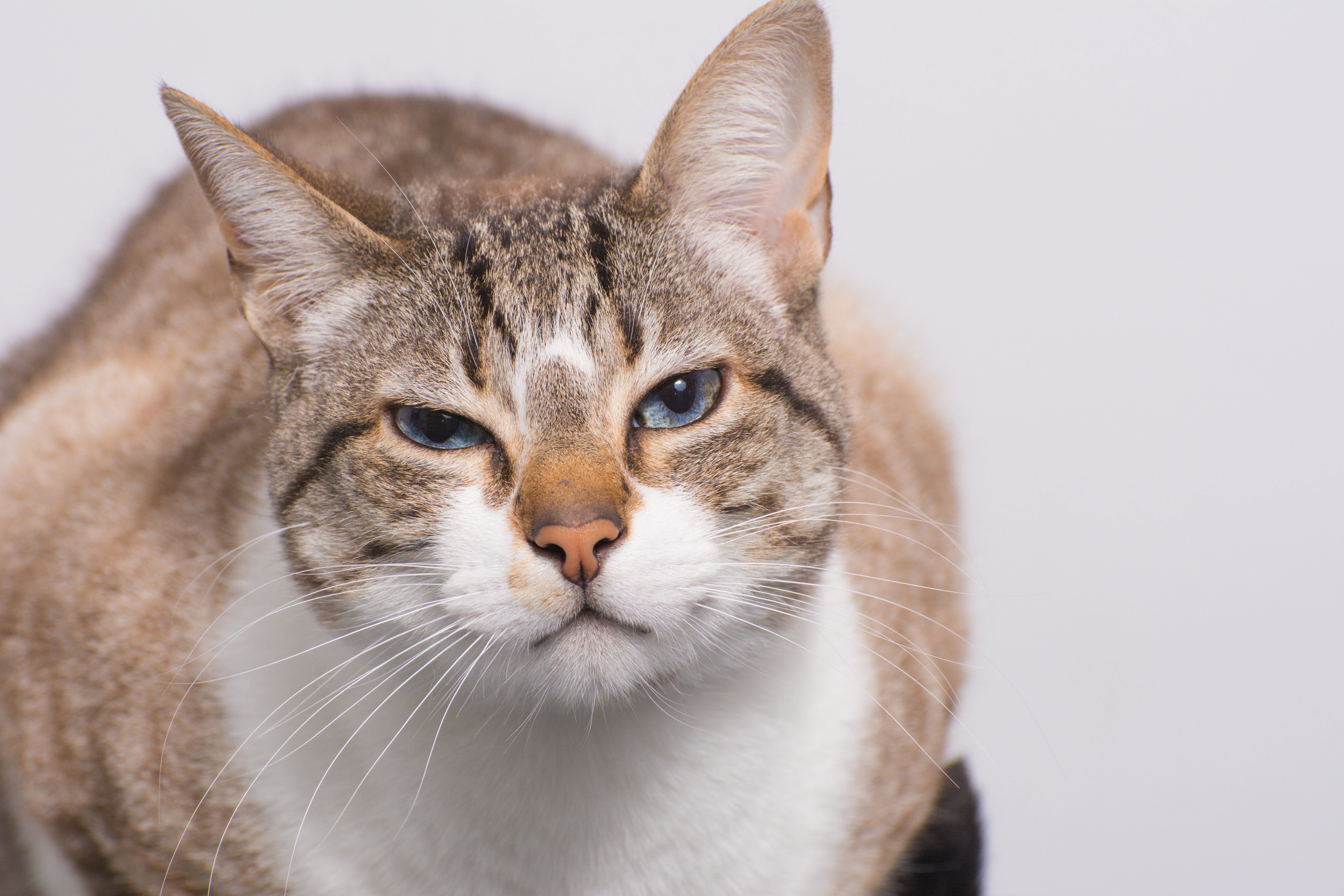Is your cat suddenly so naughty? Cats are curious and mysterious creatures, and it is common to see them misbehaving. But while you love that your cat follows its own script, you want to ensure they behave.
Many cat behavioral problems are passive and subtle, so it is easy to underestimate how often they occur. Here are the top behavioral issues in cats that you should not ignore.
Anxiety and Aggression
Cats can be aggressive when in pain or feel anxious or threatened. They can show aggressive behaviors toward other people and animals if they have not been sufficiently socialized and trained to be around them.
They can show:
Play aggression like excess play fighting, biting, or chasing
Aggression toward people who try to regulate their behavior
Maternal aggression toward other cats, people, or her kittens
Redirected aggression when you prevent them from reaching their intended target
Predatory aggression when stalking, chasing, pouncing, pawing, or biting their prey
Behavioral adjustment techniques can help control your cat's aggression and promote healthy behavior.
Fear
Cats may fear unfamiliar places, sounds, people, dogs, fellow cats, or situations such as vet visits or car rides. These fears often occur in cats that did not have sufficient socialization when they were younger. They can also stem from scary experiences they may have gone through as kittens.
Some cats may also fear familiar people and animals. A visit to your vet can help identify what is causing the fear and develop a treatment plan that involves behavior modification.
Inappropriate Elimination Behavior
Inappropriate elimination behavior refers to a cat defecating and/or urinating outside its litterbox. Cats are usually easy to toilet train—once you show them the litter, you are sure they will use it suitably.
However, problems can arise after a while. The cat may start soiling your floors or spraying doors, walls, or curtains with urine. Cats with elimination problems pee or poop on horizontal surfaces, like beds, carpets, rugs, or clothes.
Your vet can help address the underlying anxieties or causes of such behaviors and recommend the best treatment. Vets advise against punishing cats for elimination behavior as it can worsen or aggravate the problem.
Extreme Sensitivity to Touch
Cats overly sensitive to touch, particularly along the back, may have hyperesthesia. Hyperesthesia is a nerve disorder that increases a cat's sensitivity to sound, touch, smell, or sight.
A cat with hyperesthesia may get agitated or howl when touched. The cat may bite or groom its back too much, dash away, or defecate. A medical checkup can help rule out skin and pain conditions with similar symptoms.
Compulsive Habits
Compulsive habits are regular habits that occur so frequently or out of context that they restrict usual activities. Such habits include extreme grooming and excess chewing of fabrics, wool, plastics, rubber, strings, or cardboard. These behaviors may arise from anxiety or stress.
Medication and a behavior modification program can help control compulsive cat behaviors. Talk to your vet if your cat is expressing behavioral problems. The vet can run tests to rule out health problems and create a suitable treatment plan. The vet can also recommend a skilled behaviorist if your cat's issues are psychological.
For more on behavioral problems in cats, visit Mokena Animal Clinic at our office in Mokena, Illinois. Call 708-479-2811 to book an appointment today.


